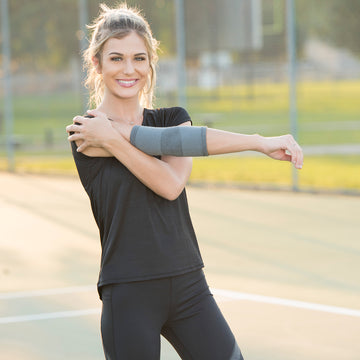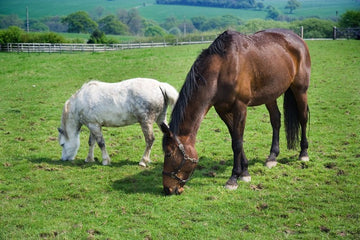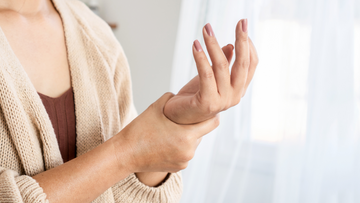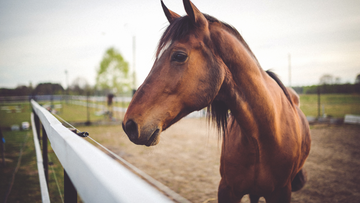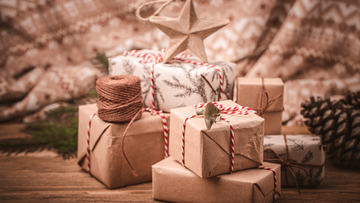
The weather break is always exciting. It means that we made it through the cold winter and spring is here! Chances are, your horses are pretty excited as well. They will be even happier when they realize they will get to eat some fresh grass. It is tempting to throw horses out to the green pastures as soon as you can but this can be very dangerous for your horse’s health.
- Although grass and hay are both forms of forages, there are significant differences between the two. Dried hay is about 15% moisture, whereas grass is about 85% moisture. You horse needs ample time for their microbes present in the gastrointestinal tract to adjust to this change in forage. If the change is sudden, it can cause microbes in the stomach to die, while others flourish, causing possible toxins to be absorbed. These toxins can cause dysfunction in the digestive tract and possible colic.
- Laminitis is another disease that is tied to overeating of fresh pasture. Laminitis is a painful, disabling, and common disease. Nearly half of all laminitis cases occur in animals at pasture. As grasses grow, the simple sugars, fructan and starch produced make up nonstructural carbohydrates (NSC). There is evidence of association and causation between laminitis and rapid intake of NSC.
- While your horse’s health is always the most important, you must also take into consideration your pasture’s health. Pastures need sufficient growth before grazing should be allowed. Horses should not be introduced to pasture until the grasses reach 6 to 8 inches in height. Horses can then be allowed to graze for 15 minutes. Grazing time can be increased every day by 15 minutes until 4 to 5 hours of consecutive grazing is reached. Grazing should stop when it has been grazed down to 3 to 4 inches. At this time, horses should be moved to another pasture or dry lot until the grass is back to 6 to 8 inches tall.
As you can see, transitioning your horse to spring grass can take a bit of time but is completely necessary for your horse’s health and your pasture’s health. Take your time and follow these few steps to keep your farm happy and healthy.
For more information on springtime pasture grazing,
CLICK HERE.
 The weather break is always exciting. It means that we made it through the cold winter and spring is here! Chances are, your horses are pretty excited as well. They will be even happier when they realize they will get to eat some fresh grass. It is tempting to throw horses out to the green pastures as soon as you can but this can be very dangerous for your horse’s health.
The weather break is always exciting. It means that we made it through the cold winter and spring is here! Chances are, your horses are pretty excited as well. They will be even happier when they realize they will get to eat some fresh grass. It is tempting to throw horses out to the green pastures as soon as you can but this can be very dangerous for your horse’s health.

